In part II of this two-part blog, we present the perspectives of two University of Hartford students who took part in the honors seminar, “Lights, Camera, Activism,” taught by Mala Matacin, PhD and Professor of Psychology at U of H.
A Remote Photovoice Journey
Text and photos by Brooke Winterlich
Student at University of Hartford, West Hartford, Conn., USA
This past semester I completed the first half of the course Lights, Camera, Activism, taught by Dr. Mala Matacin. As a sophomore psychology major, I was very excited to be taking part in this yearlong honors seminar; going in, I had no idea what to expect.
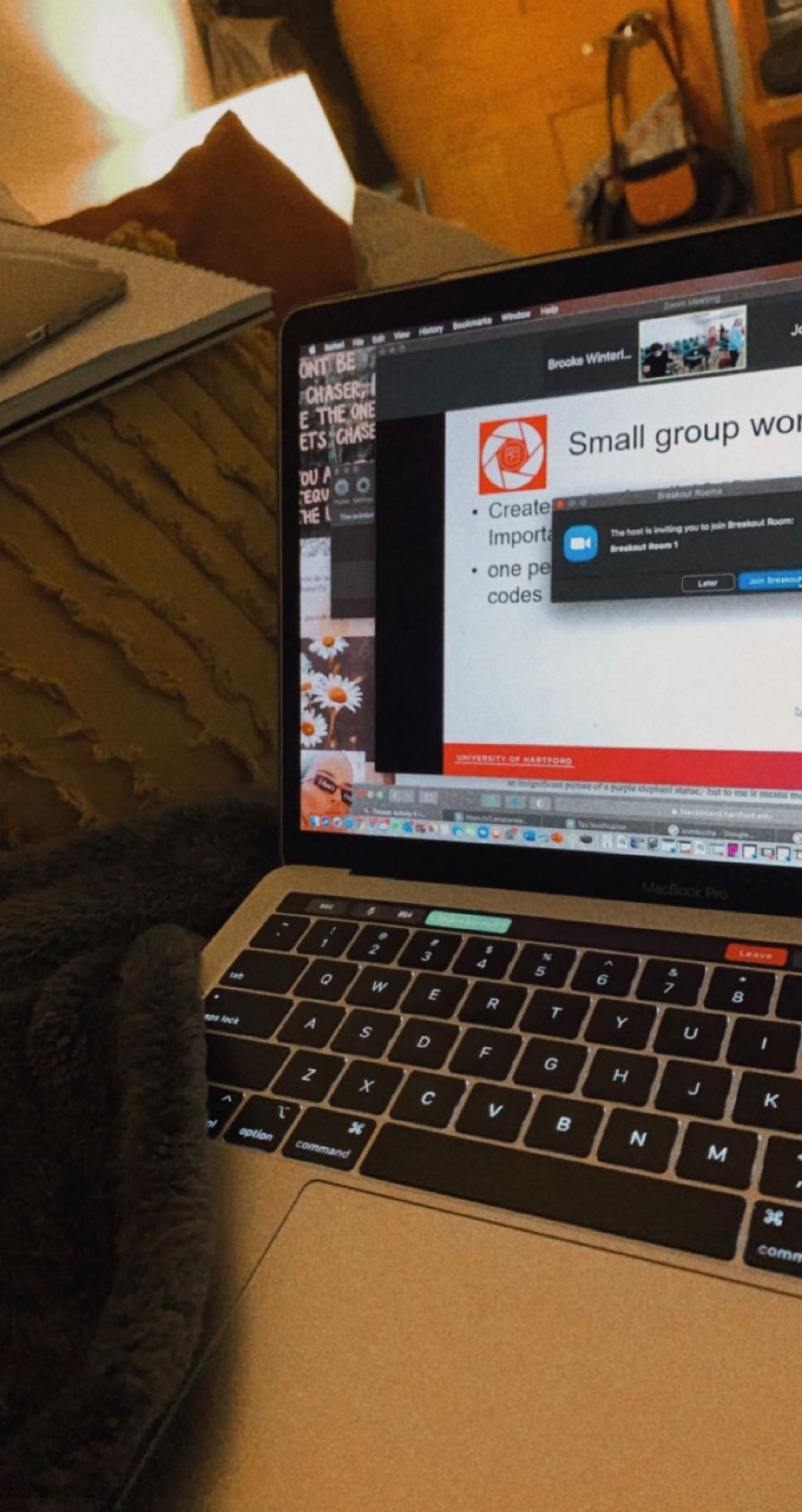
Due to the COVID-19 pandemic, I chose to take all my classes online. As I contemplated studying remotely, I was a little concerned about how that would affect my participation in this course. However, after receiving positive reassurance from Dr. Matacin, I was confident that we could work through it since I would not be the only student taking the course online. As we learned about the photovoice methodology, I continued to be skeptical of how our class would continue the process due to online learning obstacles. In spite of my doubts (and due to excellent communication and tremendous teamwork), we brought together all our findings into the final presentation, which was presented to a large audience over Zoom.
When the semester started, it was quite an adjustment. My childhood bedroom became my classroom, and my laptop became not just a convenient tool to help with my learning, but essential for each class. Zoom class after Zoom class became the routine. It was exhausting and frustrating at some points. I felt disconnected from my peers and my learning; however, I always looked forward to my Tuesday night photovoice class.
As part of the photovoice methodology, we would analyze the pictures we had taken and have conversations about them. Our class quickly bonded over our pandemic experiences, sometimes taking up the whole two hours and twenty minutes of class time having vulnerable and open conversations. I loved not only collecting and sharing the photos I took, but also learning about everyone else’s experiences. In my opinion, sharing our personal stories was the best part of this project.
Sometimes we tend to forget that everyone experiences things differently, and is affected in different ways. The biggest takeaway for me from this project was that the pandemic had affected everyone so differently—some in negative ways, but others positively.
In the process of documenting my Covid experiences through photos, there were some that I took a minute to reflect on before I took them, and some I randomly took while I was out and decided later that they could fit into our project. There were some weeks I only left my house to go to work and then came straight back home. On these weeks, I would end up having no idea what to do for the three pictures I was assigned to take that week to stay on track. However, I also had weeks where I happened to take more than three photos. In those weeks, I would have to go through them and decide what images to share and what ones to leave out.
Making those decisions was very hard because I wanted to document it all, but I also knew the pictures had to stay relevant to the project. I loved some of the photos, and they represented some positive experiences I had this semester being home, but I decided that they did not fit our project’s overall themes in the end.
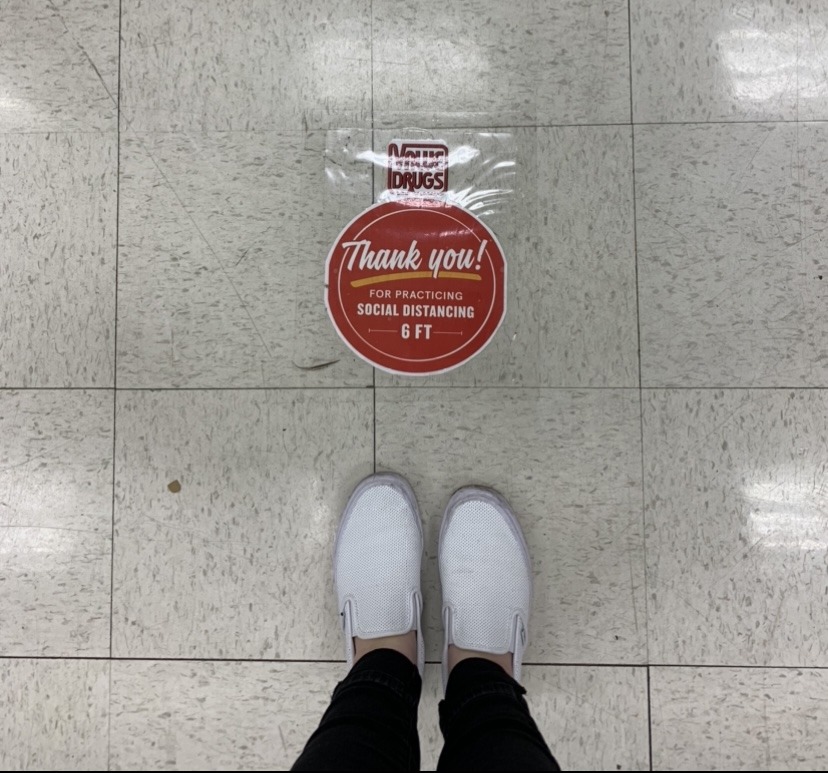

Some of the pictures I took held a more universal meaning, showing objects or signs that were now a part of our “new normal.” Whether it meant standing six feet apart from the person ahead of you in line (above) or dining inside a restaurant with Plexiglas dividers (right).
Other pictures I took were more vulnerable and emotional. The pandemic has had its part in affecting everyone differently. Still, one conclusion our class came to as a result of our conversations and analysis was that many people’s mental health was severely affected.
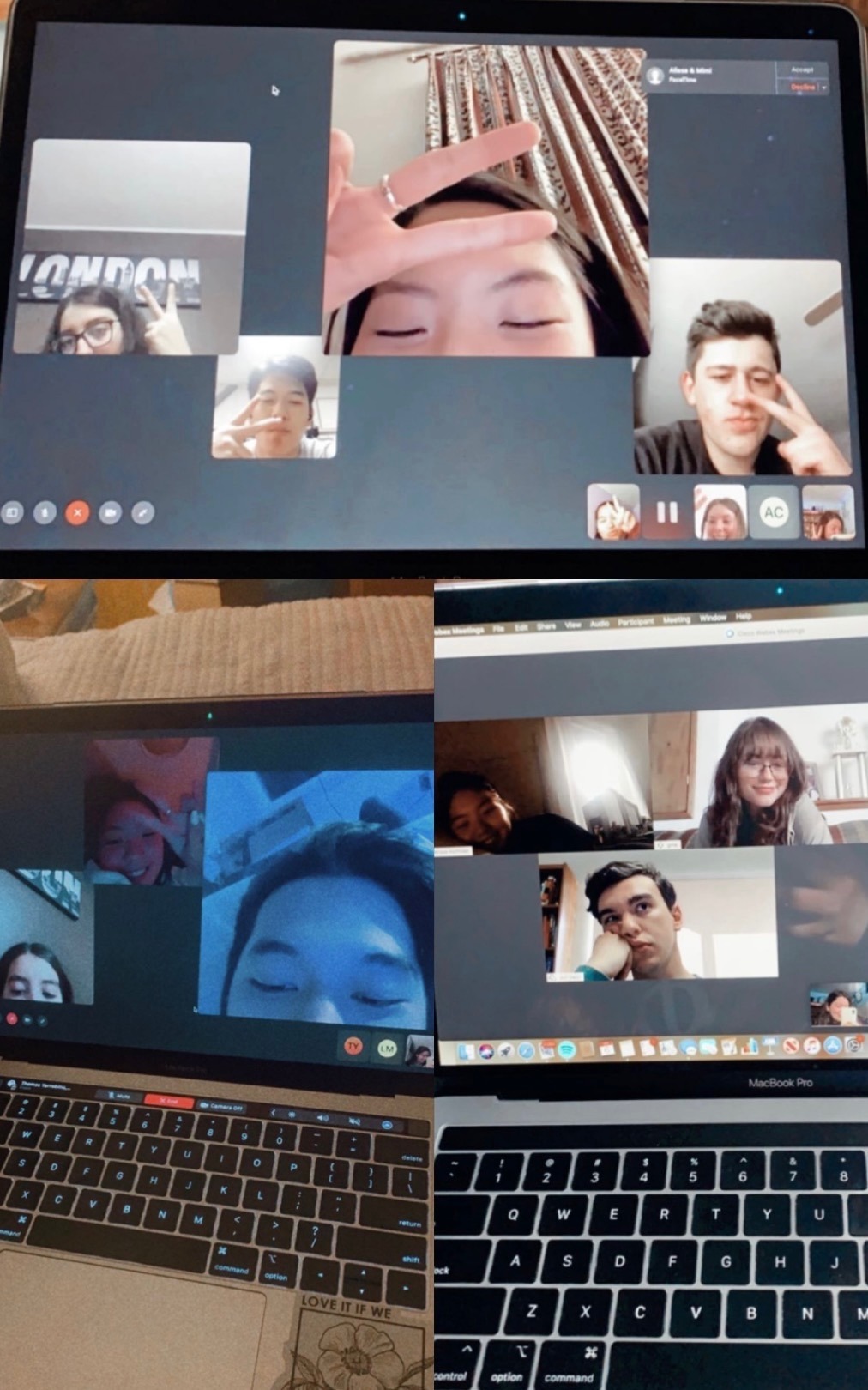
For one of them, I collaged various photos of my friends and me on Facetime (seen image above). Due to the pandemic—and since we live hours apart—we have not seen each other since March 2020. The transition from living with some of them and seeing them every day to going almost ten months without being able to hug them has a lot more of an effect on a person’s mental state than you would expect. Not only are our mental states compromised due to lack of socialization, but so much has happened over the course of this pandemic with social justice and the election. Quarantine proved to be a time of reflection for most. It gave us time to pay attention and reflect on issues that generally would have been breezed over because of the nature of our fast-paced, busy schedules.
As students this past semester, we had to deal with not only heavy course loads but also with unseen obstacles that the pandemic handed us. I found that photovoice was a great way to capture those unseen obstacles.
My photovoice experience was new and exciting, and a great way to keep busy during our unusual semester. As I mentioned before, I was not on campus, but hearing the stories of people who were and seeing their pictures almost made me feel like I was. By documenting my experience, I felt that I was included and doing something important, not only for our university, but for anyone who views our project. I am so proud of what we accomplished and happy that we could get our message across to such influential policymakers at the university.
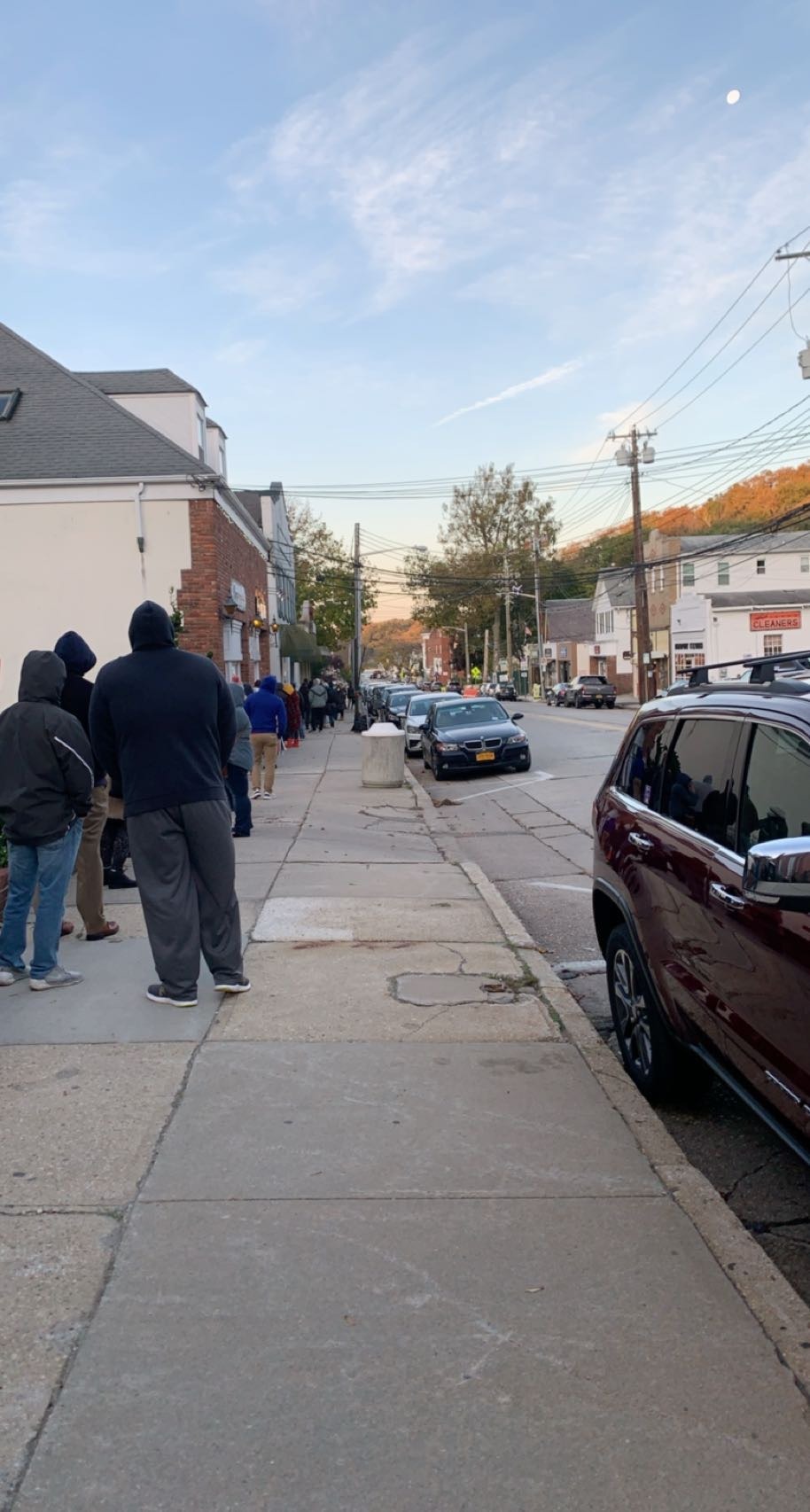
I waited in the cold for about two hours to cast my vote on Election Day.
What I Have Learned, Gained, and Realized through the Experience of Photovoice
Text and photos by Shelby Zorick
Student at University of Hartford, West Hartford, Conn., USA
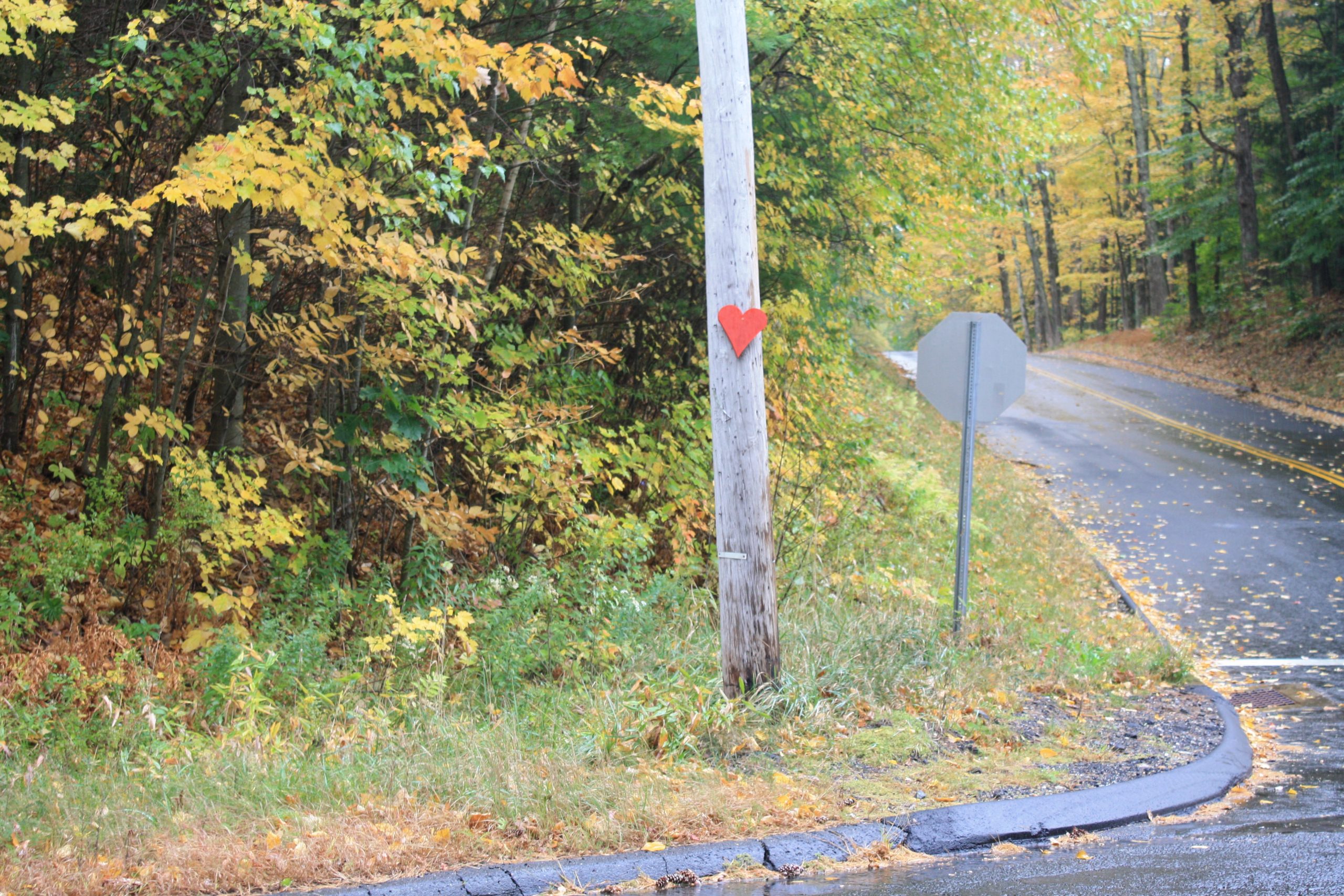
This past fall semester of 2020 I had the pleasure of being accepted into Dr. Mala Matacin’s seminar class Lights, Camera, Activism.Having the opportunity to participate in this seminar involving photovoice was an honor, and I am very grateful that I was chosen to join. I don’t think I would have discussed the issues of how the University of Hartford was handling COVID-19 if I was not a part of this project.
Last semester when COVID-19 first hit, I was focused on money issues regarding being sent home early. I had no idea that this issue was the first of many. I have listened and learned about the challenges my fellow peers were dealing with day to day including isolation, changed education, and physical and mental health struggles.
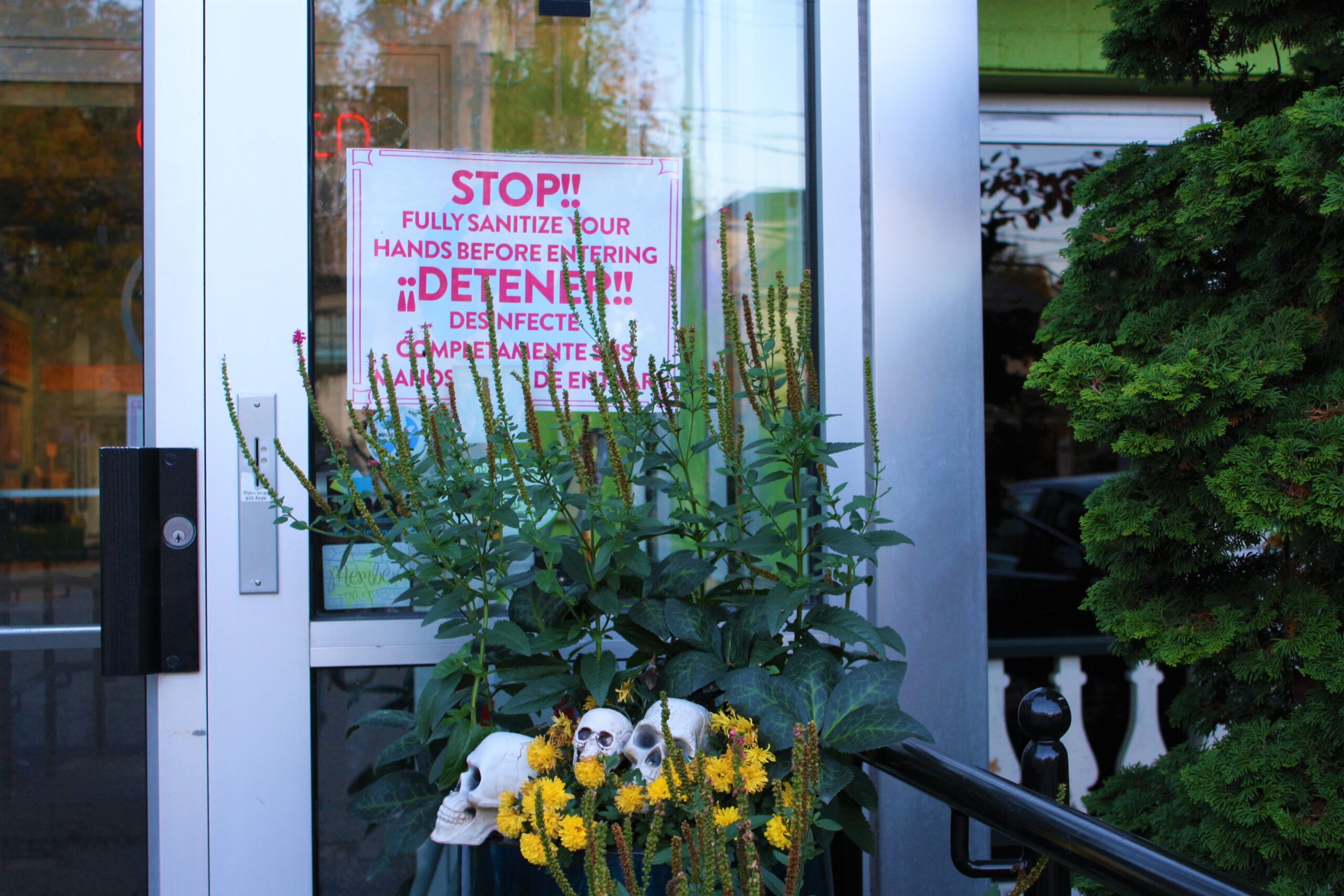
This project made me pay attention to the little details of dealing with COVD-19 that I may not have noticed before, for example, substance abuse problems. I did not realize the rise in substance use issues until I started to photograph my experience with COVID-19. My friends and I would pass the time by drinking alcohol because it felt like there weren’t a lot of things to spark our joy. I didn’t realize this was becoming a problem until I went to take a photograph of the bottles left on the counter from the night before.
Taking that picture and then stepping back to view it hit me more than I thought. It’s easy to fall into a bad routine, such as drinking often, and hard to notice because it becomes second nature. By being involved in this photovoice project and looking at my experience through a lens, I learned that little details of my life were not healthy, and I was able to take back control. I found healthier activities to take up my free time, including learning how to bake bread from scratch, completing jigsaw puzzles, and trying to learn a new language.
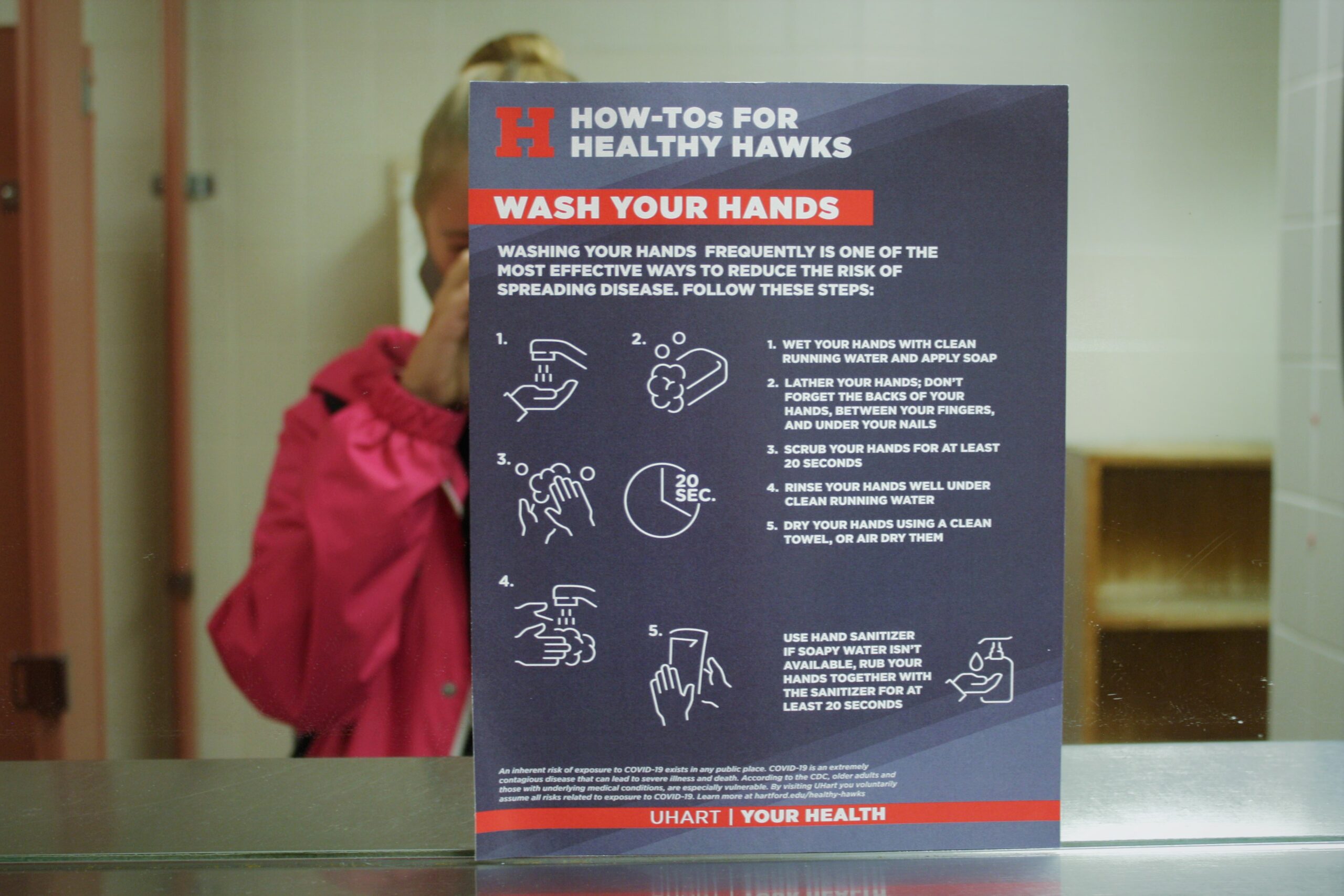
Along with Dr. Matacin, I was blessed to work with many talented, gifted, and hardworking peers. Even though I was not the only participant, this project felt somewhat personal to me. By going out into the world and taking photographs myself I was able to connect and learn more about who I am as a person. Yes, I did relate to other group member’s photographs, but we were never on the same exact page because how you view a photograph is unique to you.
When I took my photos, I viewed my experience in the way I wanted to and that made sense to me. Just because you go through a similar situation or experience as another person does not mean you felt the same emotions. For example, I took a photograph of my messy room and another classmate took a picture of their room in a similar condition as mine. They captioned their photograph as “chaos” since clothes were everywhere. I captioned my photo as “fatigue” because I had no energy left to clean my room due to the sadness that came over me during the beginning of quarantine. These represent similar photographs but completely different meanings to the photographer—an emotion I would have not personally experienced if I wasn’t behind the camera.
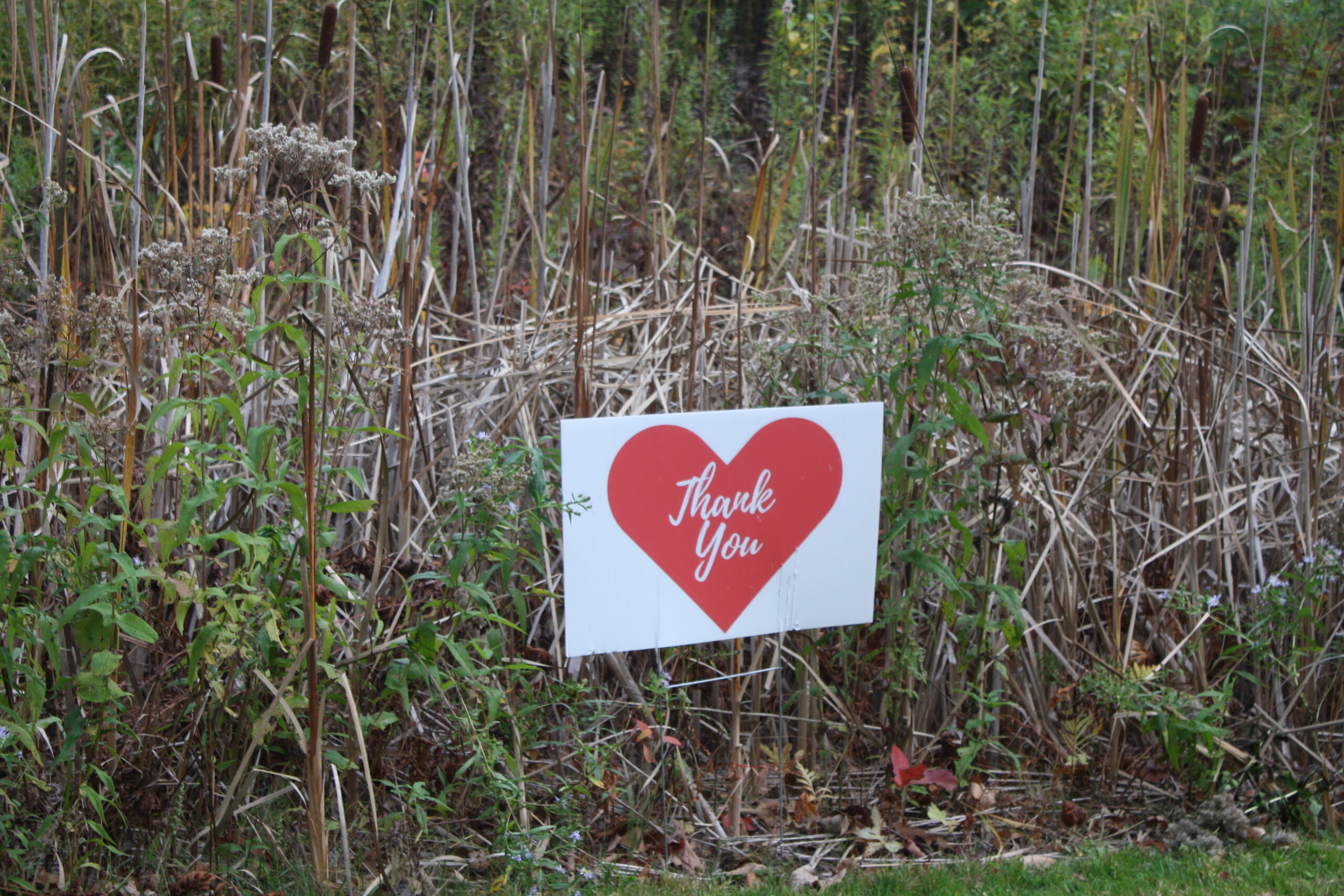
Along with becoming more connected with who I am as a person, I learned a lot about what goes into taking a “good” photo. Previously, I had a fixed mindset about photography—I assumed you either had the magic touch of taking a good photo or you didn’t. What I learned was that there are many different components of taking a photograph, and it usually isn’t by chance that someone snapped a successful photo. For example, I learned how important it is to make sure the subject is in focus and not blended in with the background.
The angle or position the photo is taken at will change the message or story of the picture. While taking my photographs for this project, I made sure that my subject was the main focus, so the viewers understood what I wanted them to take away from the picture. Through this experience, I learned that I do have the ability and skill to take a good picture; I just needed more information and practice.
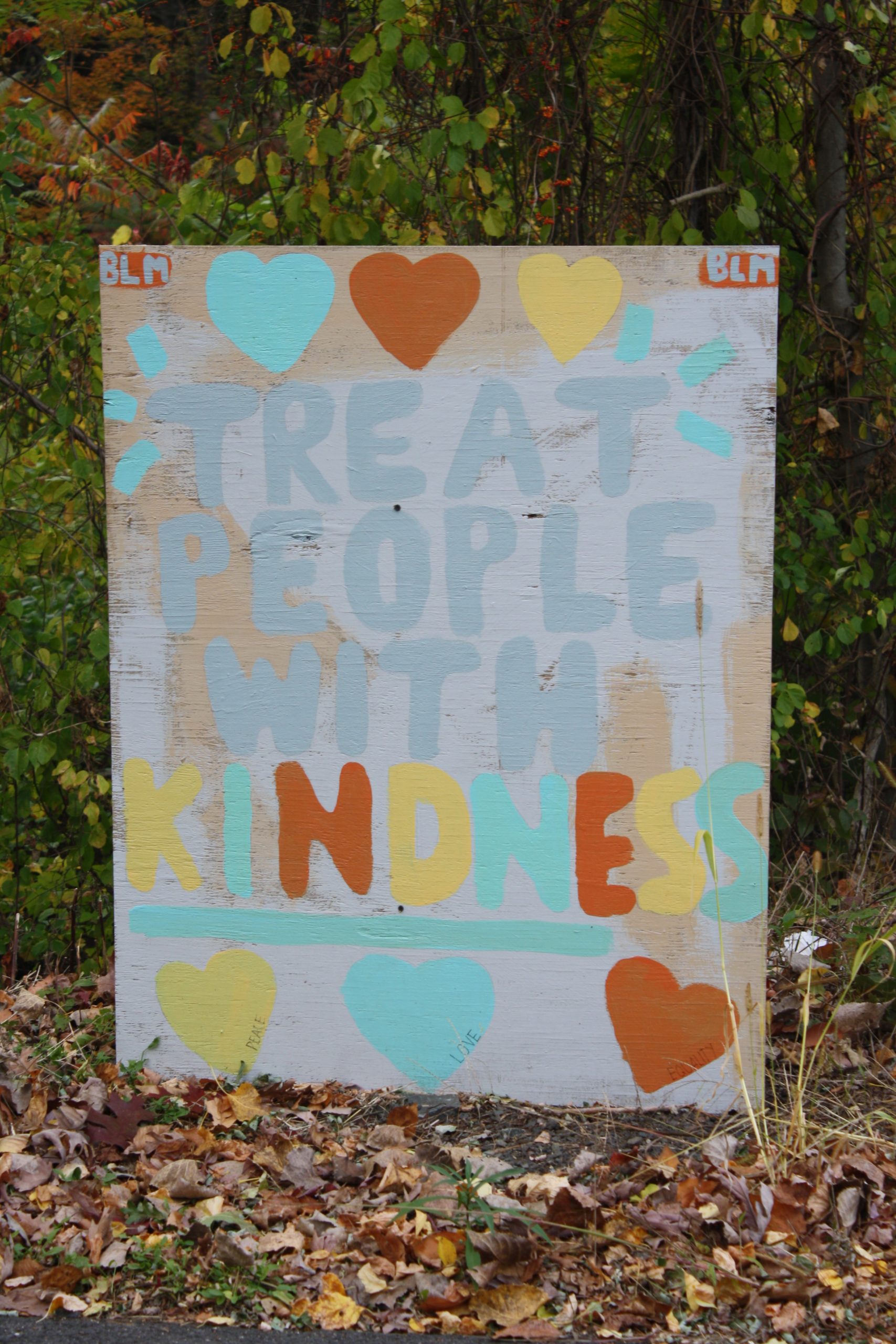
I believe the most important aspect of this photovoice project I took away was empowerment. Before I started our project, I was shy and had a hard time sticking up for myself. I would easily let someone get away with a negative action because I felt that I didn’t have enough power to rise up or that it wasn’t worth my energy. My experiences in this project and being a part of this wonderful group of people taught me that my single, small voice does make an impact on change. Now that I gained power and confidence from this project, I express my opinions instead of saying “it’s okay”. My small voice can be a catalyst—my opinions or messages can open the minds of others which gives them the courage to express their own opinion. Someone has to start the conversation for change, and I can now say that I am fully comfortable starting the discussion, even if it is a difficult or sensitive subject.
I discuss my involvement in this photovoice project with everyone I know because of how powerful an experience it was. Now, I look at photographs in a completely different light and see how impactful one snapshot can be. I am looking forward to seeing what changes will arise from all of our hard work! Thank you photovoice for changing my life in a positive way.
